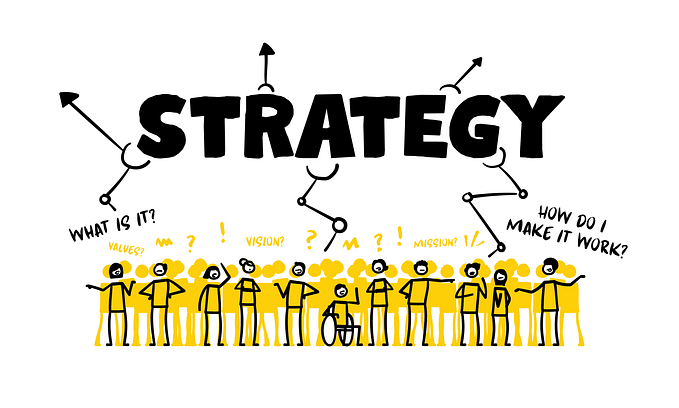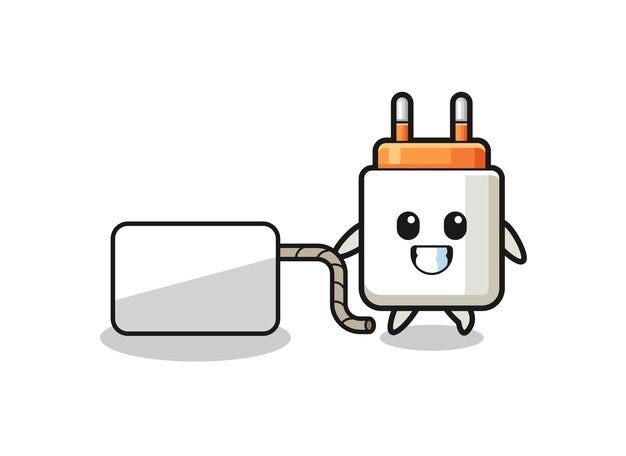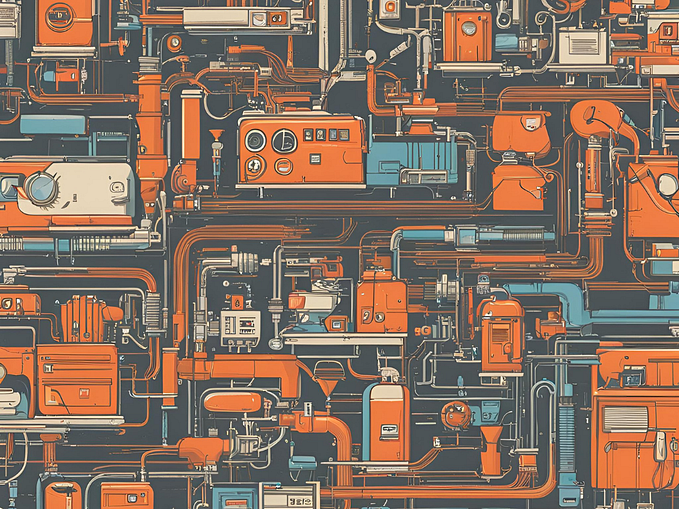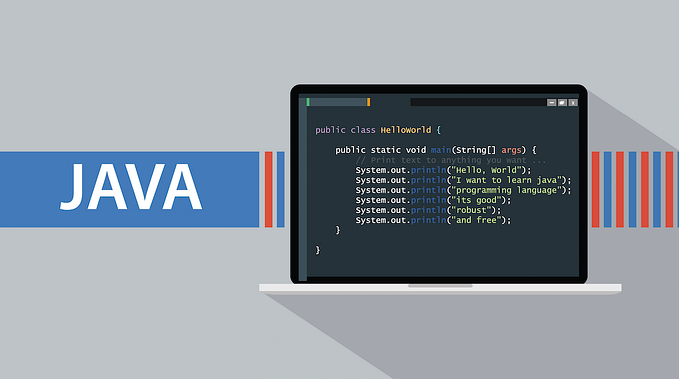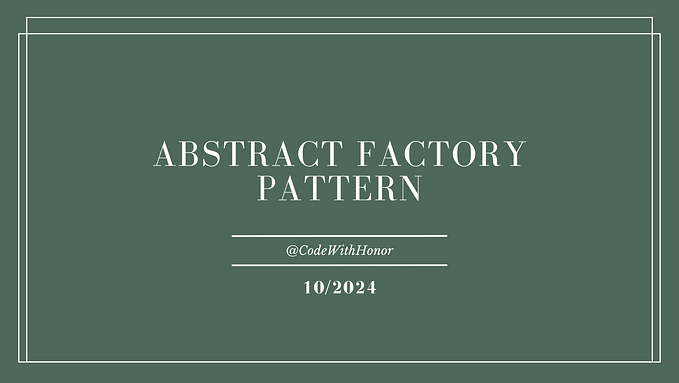Understanding the Factory Design Pattern in PHP

Design patterns play a crucial role in software development, helping developers create reusable, maintainable, and efficient code. One such pattern that is widely used is the Factory Design Pattern. In this article, we’ll explore the Factory Design Pattern in the context of PHP, using a simple example.
The Need for a Factory
Consider a scenario where you’re building a search engine application that can use multiple search engines such as Google, Bing, Yahoo, and more. You want to write clean, maintainable code that can easily accommodate new search engines in the future. This is where the Factory Design Pattern comes into play.
The Factory Design Pattern
The Factory Design Pattern is a creational design pattern that provides an interface for creating objects but allows subclasses to alter the type of objects that will be created. In simpler terms,
it abstracts the process of object creation and allows you to create objects without specifying the exact class of object that will be created.
The Code
Let’s dive into a concrete example of the Factory Design Pattern using PHP. In this example, we’ll create a search engine application with two search engines: Google and Bing.
<?php
interface SearchEngine {
public function search(string $value): string;
}
class GoogleEngine implements SearchEngine
{
public function search(string $value): string
{
return "Google: $value";
}
}
class BingEngine implements SearchEngine
{
public function search(string $value): string
{
return "Bing: $value";
}
}
abstract class Search {
abstract public function engine(): SearchEngine;
public function query(string $search): string
{
return $this->engine()->search($search);
}
}
class GoogleSearch extends Search
{
public function engine(): SearchEngine
{
return new GoogleEngine();
}
}
class BingSearch extends Search
{
public function engine(): SearchEngine
{
return new BingEngine();
}
}
$search = (new GoogleSearch())->query("Hello");
printf($search);
$search = (new BingSearch())->query("Hello");
printf($search);In this code, we define an interface SearchEngine with a method search. Two classes, GoogleEngine and BingEngine, implement this interface to provide specific search engine functionalities.
We then create an abstract class Search that defines the query method and declares an abstract method engine(). Subclasses like GoogleSearch and BingSearch implement the engine() method, which determines the type of search engine used.
Finally, we use the Factory Design Pattern to create instances of search engines and perform queries. The code snippet at the end demonstrates how you can create a GoogleSearch or BingSearch object and execute a search.
Benefits of the Factory Design Pattern
- Flexibility: The Factory Design Pattern allows you to add new search engines without modifying existing code.
- Code Reusability: The pattern promotes the reuse of code as it abstracts object creation.
- Maintainability: It makes the code more maintainable by centralizing object creation logic.
Conclusion
The Factory Design Pattern is a powerful tool for creating objects in a way that is both flexible and maintainable. By abstracting the object creation process, it allows you to adapt your code to changing requirements with ease. In the context of PHP, as demonstrated in our example, it’s a valuable pattern for creating a variety of objects.
Remember that design patterns are a means to an end, not an end in themselves. They are tools to help you write clean, organized, and maintainable code. Understanding when and how to use them is essential for becoming a proficient developer.
In summary, the Factory Design Pattern is just one of many design patterns that can improve your code quality and organization. I encourage you to explore other design patterns and consider how they might benefit your own projects.
Happy coding!
N.B: Example of code in PHP is my only contribution here, rest of the things is generated from ChatGPT.
You can follow me on

